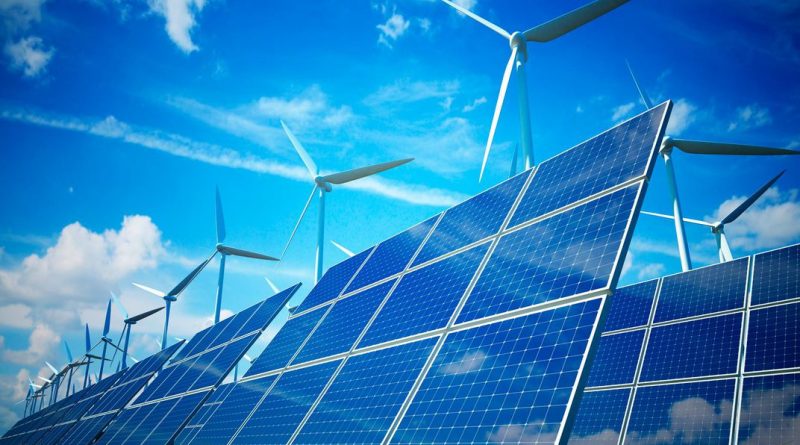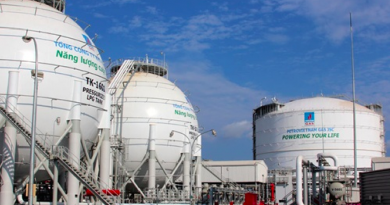International energy currents
Energy is one of the sectors in Vietnam receiving significant attention from foreign investors. Mark Edmunds, Asia Pacific Oil and Gas leader and Southeast Asia Energy and Resources head at Deloitte, speaks with VIR’s Hong Quang about the opportunities for foreign investors in this sector.
Many foreign investors are interested in such segments as oil, natural gas, and infrastructure projects. Those who have strengths in utilising technologies, for instance in renewable energy sources such as wind and solar energy, or know how to develop gas resources would be successful in the Vietnamese market.
What segments of Vietnam’s oil and gas sector are attracting foreign investors – upstream, downstream, or retail?
Deloitte’s clients in Vietnam, many from Japan, the US, and the UK, see the potential of Vietnam and want to be part of the growth story. Some of them have invested a lot of capital in the upstream business, while others are very interested in the retail businesses to be close to consumers. In today’s digital world, organisations have access to large amounts of data that they can use to better understand their consumers. In the US, where credit cards are widely-used for payments, real-time data from their credit card purchases provides great insights into their spending habits.
Some Vietnamese oil and gas companies are offering stakes to foreign investors. Are foreign investors interested in state divestments in this sector?
I have shared with many US companies that if they want to do businesses in foreign countries they have never been to, they need a good partner they can trust, and building that trust takes a long time.
Trust is not about money, it is about building a connection and understanding the business, who they are and whether both parties can work together as partners. One way to build trust is to work together on smaller deals first. It is important that a foreign company finds the right partner in order to succeed.
Coal-fired power is the main source of electricity in Vietnam and will remain so for the foreseeable future. It is estimated that Vietnam needs $40 billion in capital to develop power sources and the national power grid between 2016 and 2030. Is coal the right choice for the country given its fast-rising power demand?
I am not positive on coal. In 2006, when I took my first trip to China, I saw many bicycles in Beijing. However, three months ago when I returned to Beijing, I saw cars everywhere and there is significant air pollution due to coal-fired electricity generation and steel production.
The Chinese government is smart to know that the energy produced from coal-fired power is more affordable now than other energy sources, and it creates jobs. However, if they can reduce coal-fired power output to let’s say 45 per cent from 55 per cent of total energy and replace it with renewable energies and natural gas-fired electricity generation, it would reduce the level of air pollution significantly.
In the US state of California, with 40 million people living there, the state has moved away from using coal-fired electricity generation to natural gas-fired power generation as part of their efforts to reduce greenhouse gas emissions. Even the air in Los Angeles, with millions of cars on the roads each day, is much better than it was 20 years ago. I believe that the market share of natural gas compared to coal will increase in the next 10 years in Vietnam, Indonesia, India, and China.
Vietnam is giving priority to the development of renewable energies. What are the opportunities for foreign investments in this area?
Renewable energies have been subsidised for years around the world, especially in the US and Germany. There is a bright future in particular for solar energy because the costs of solar energy panels are going down. The use of solar energy is growing, but it will never account for 50 per cent of the total.
As I know, Vietnam is looking to increase the total solar power output to 0.5 per cent of the national electricity generation in 2020 and to 3.3 per cent in 2030 under the country’s revised Power Development Plan VII. If Vietnam can increase the solar power output to 5-15 per cent, it will be good for the country and the government to focus on that.
Source: Vietnam News.










